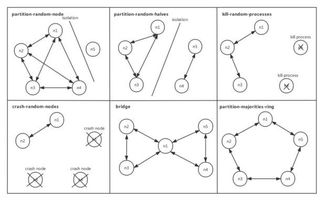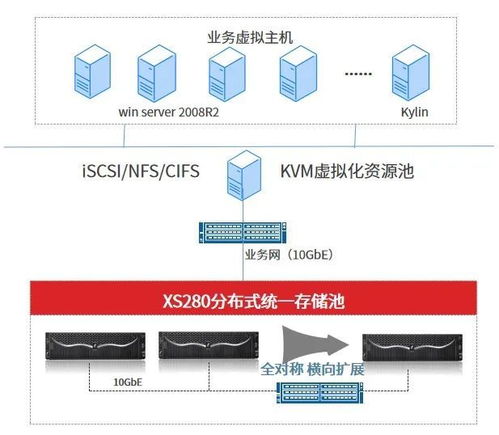Understanding Automation with AI

Are you looking to streamline your workflow and enhance productivity? AI can be a game-changer for automating tasks. In this detailed guide, I’ll walk you through how you can leverage AI to automate various aspects of your work. Let’s dive in!
Identifying Tasks for Automation

Before you can automate tasks, it’s essential to identify which ones are suitable. Typically, tasks that are repetitive, time-consuming, and prone to human error are ideal candidates for automation. Here’s a list of common tasks that can be automated using AI:
- Data entry
- Email management
- Customer support
- Inventory management
- Financial analysis
- Content creation
Choosing the Right AI Tools

Once you’ve identified the tasks you want to automate, the next step is to choose the right AI tools. There are numerous AI platforms and applications available, each with its unique features and capabilities. Here are some popular options:
| Tool | Description | Best For |
|---|---|---|
| IBM Watson | AI-powered platform offering various services, including natural language processing, speech to text, and visual recognition. | Data analysis, customer service, and content creation. |
| Google Cloud AI | Comprehensive suite of AI tools, including machine learning, natural language processing, and computer vision. | Data analysis, image recognition, and language translation. |
| Microsoft Azure AI | AI services that help businesses build, train, and deploy AI models. | Data analysis, speech recognition, and chatbots. |
| Drift | AI-powered chatbot platform designed for sales and marketing teams. | Customer support, lead generation, and sales automation. |
Implementing AI Automation
Once you’ve selected the appropriate AI tools, it’s time to implement automation. Here are some steps to guide you through the process:
- Plan your automation strategy: Define the goals, scope, and timeline for your automation project.
- Integrate AI tools: Connect the AI tools to your existing systems and workflows.
- Train the AI models: If necessary, train the AI models using your data to ensure accurate and efficient automation.
- Test and refine: Test the automated processes to ensure they work as expected and make adjustments as needed.
- Monitor and maintain: Regularly review the performance of the automated tasks and make updates as required.
Benefits of AI Automation
AI automation offers numerous benefits, including:
- Increased productivity: Automating repetitive tasks frees up time for employees to focus on more valuable work.
- Improved accuracy: AI reduces the risk of human error, leading to more accurate and reliable results.
- Cost savings: Automation can reduce labor costs and improve efficiency.
- Enhanced customer experience: AI-powered automation can improve customer service and satisfaction.
Challenges and Considerations
While AI automation offers many benefits, it also comes with challenges and considerations:
- Data privacy: Ensure that your AI tools comply with data privacy regulations and handle sensitive information securely.
- Job displacement: Automation may lead to job displacement, so it’s essential to plan for workforce transition and upskilling.
- Complexity: Implementing AI automation can be complex and requires technical expertise.
- Cost: The initial investment in AI tools and implementation can be significant.
Conclusion
AI automation can revolutionize the way you work, making your tasks more efficient



